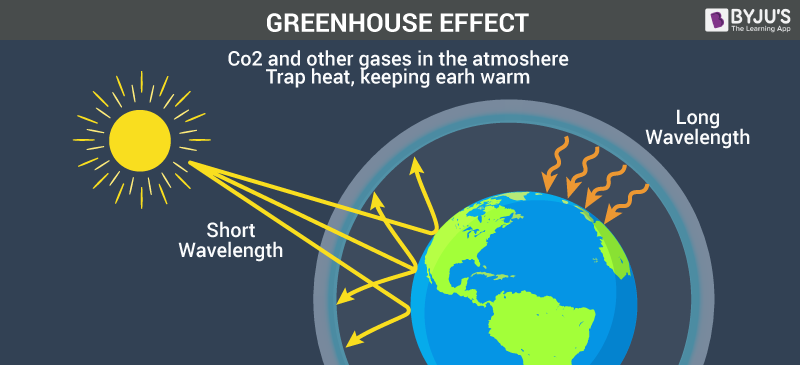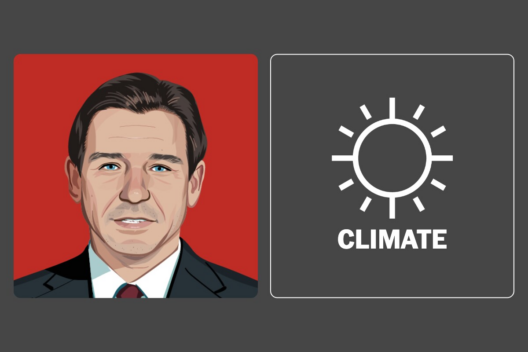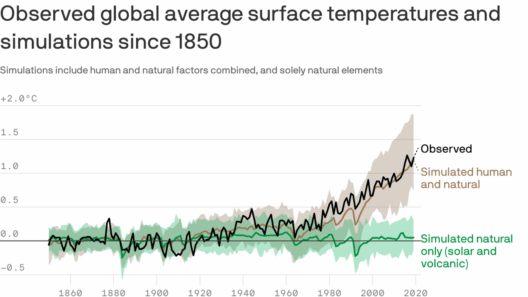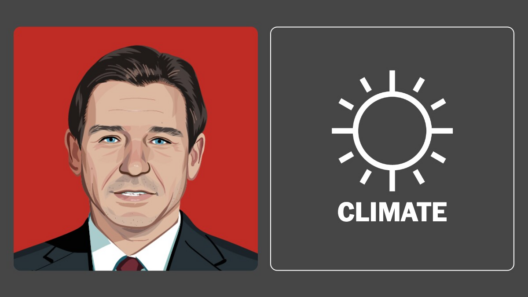The Earth’s atmosphere is akin to a finely woven tapestry, rich in color and texture, yet incredibly fragile. At the heart of this tapestry lie greenhouse gases, substances that play a critical role in maintaining the planet’s warmth, akin to a snug blanket wrapped around a cold, sleeping child. However, this comforting embrace can quickly turn suffocating if excessive amounts of these gases accumulate—a phenomenon that has profound implications for our climate.
Greenhouse gases (GHGs) are composed mainly of water vapor, carbon dioxide (CO2), methane (CH4), nitrous oxide (N2O), and ozone (O3). Each of these gases contributes to the greenhouse effect, a natural process wherein the Sun’s energy is trapped in the Earth’s atmosphere, thus regulating temperature. Without this effect, our planet would be inhospitably cold, average temperatures plummeting to around -18°C (0°F). But as anthropogenic activities introduce an influx of GHGs, this dynamic equilibrium is disrupted, leading to global warming.
Carbon dioxide, the most prominent greenhouse gas, becomes like a stubborn houseguest who refuses to leave. It is released primarily through the burning of fossil fuels for energy, as well as deforestation, which diminishes the planet’s ability to absorb this gas. This carbon cycle—a dance between the earth, the trees, and the atmosphere—has been irrevocably altered by human intervention, resulting in atmospheric CO2 concentrations rising to levels unseen in millions of years.
Methane, while less abundant than CO2, possesses a remarkable potency—over 25 times more effective at trapping heat in the atmosphere over a 100-year period. Derived mainly from agricultural practices, landfills, and natural gas extraction, methane can be likened to a turbocharged engine in an already overheating vehicle. Its emissions increase rapidly from ruminant digestion (enteric fermentation), where livestock emit methane through belching. The once-stable balance of our ecosystems is disrupted, posing great risks to agricultural productivity and biodiversity.
Nitrous oxide, another significant player, showcases the complexity of the relationship between agriculture and atmospheric health. Released from synthetic fertilizers and manure, this gas is akin to a double-edged sword. Farmers rely on fertilizers to enhance crop yields, yet this reliance has unleashed nitrous oxide emissions that contribute to global warming. The irony is palpable, as the very substances designed to sustain us are also fueling climate change.
Ozone, though present naturally in the upper atmosphere, becomes a potent greenhouse gas at ground level due to pollutants from vehicles and industrial facilities. As the Sun’s rays interact with these pollutants, a cocktail of toxins is produced, creating ground-level ozone—a harmful component of smog. This scenario harkens to a once-clear window now clouded by grime, blocking the soothing light of sustainability and health.
The accumulation of these greenhouse gases has led to a series of catastrophic global phenomena. The Earth’s average temperature has risen significantly, accumulating approximately 1.1°C (2.0°F) since the late 19th century. This warming trend is not just measured in abstract numbers; it manifests in more frequent extreme weather events, rising sea levels, and shifting climate patterns. These changes are not merely statistical anomalies; they are harbingers of potential disaster.
As the Arctic ice melts, world-renowned symbols of climate change, such as polar bears, find their habitats transformed into barren landscapes—one metaphor for the upheaval caused by rising temperatures. Coastal cities like Miami and New York face the existential threat of chronic flooding, as rising sea levels slowly swallow their shores. The once vibrant coral reefs, akin to undersea gardens bursting with life, are bleached and dying as ocean temperatures rise and acidity increases.
The implications extend far beyond mere environmental degradation. Global warming has severe socio-economic repercussions, threatening food security as agricultural zones shift and extreme weather disrupts crop production. Higher temperatures can lead to decreased yields of staple crops like wheat and maize, which are crucial for feeding the burgeoning global population. This creates a vicious cycle where poverty and malnutrition increase, fuelling social unrest.
Addressing the challenge posed by greenhouse gases is imperative, yet it requires collective action rich in innovative solutions. Transitioning to renewable energy, enhancing public transportation, and promoting sustainable agricultural practices are all crucial steps. The adoption of carbon capture technologies could also serve as an essential tool in our arsenal against the encroaching climate crisis—much like installing an air filter in a polluted room.
In foresight, education emerges as a potent weapon against ignorance and complacency. Harnessing awareness about the sources and dangers of greenhouse gases can galvanize citizens to hold governments and corporations accountable, fostering a culture of sustainability. It is the responsibility of each individual to recognize their role in this tapestry and advocate for the protective measures that ensure our blanket remains snug, not suffocating.
Ultimately, the dialogue surrounding greenhouse gases and global warming must evolve. It requires a shift from passive acceptance to proactive engagement. By understanding the crucial role these gases play, we can appreciate how vital it is to address their emissions. The future of our planet depends on our ability to weave together the threads of action, awareness, and advocacy—creating a resilient tapestry that can withstand the pressures of global warming and safeguard our planet for generations to come.








